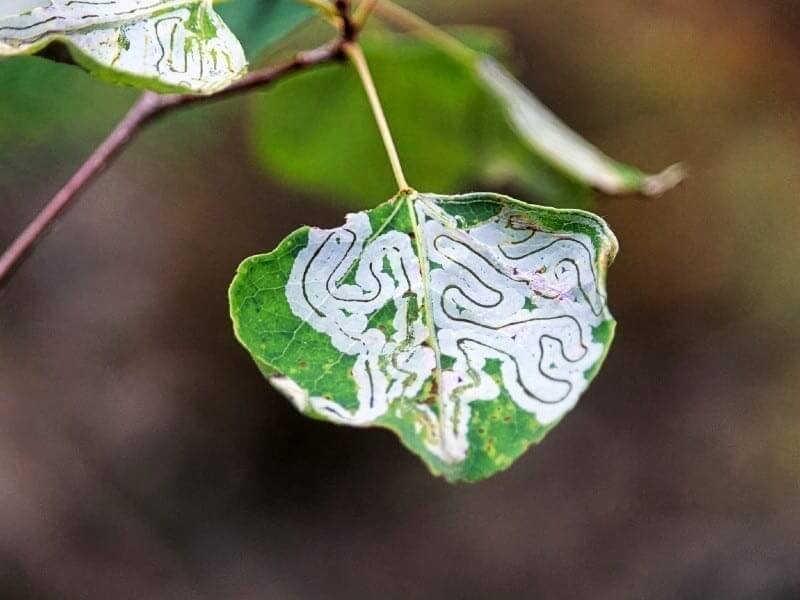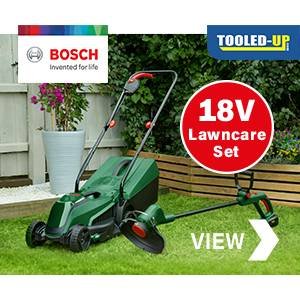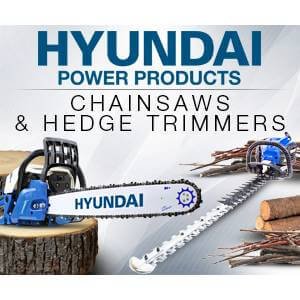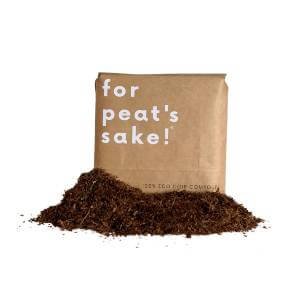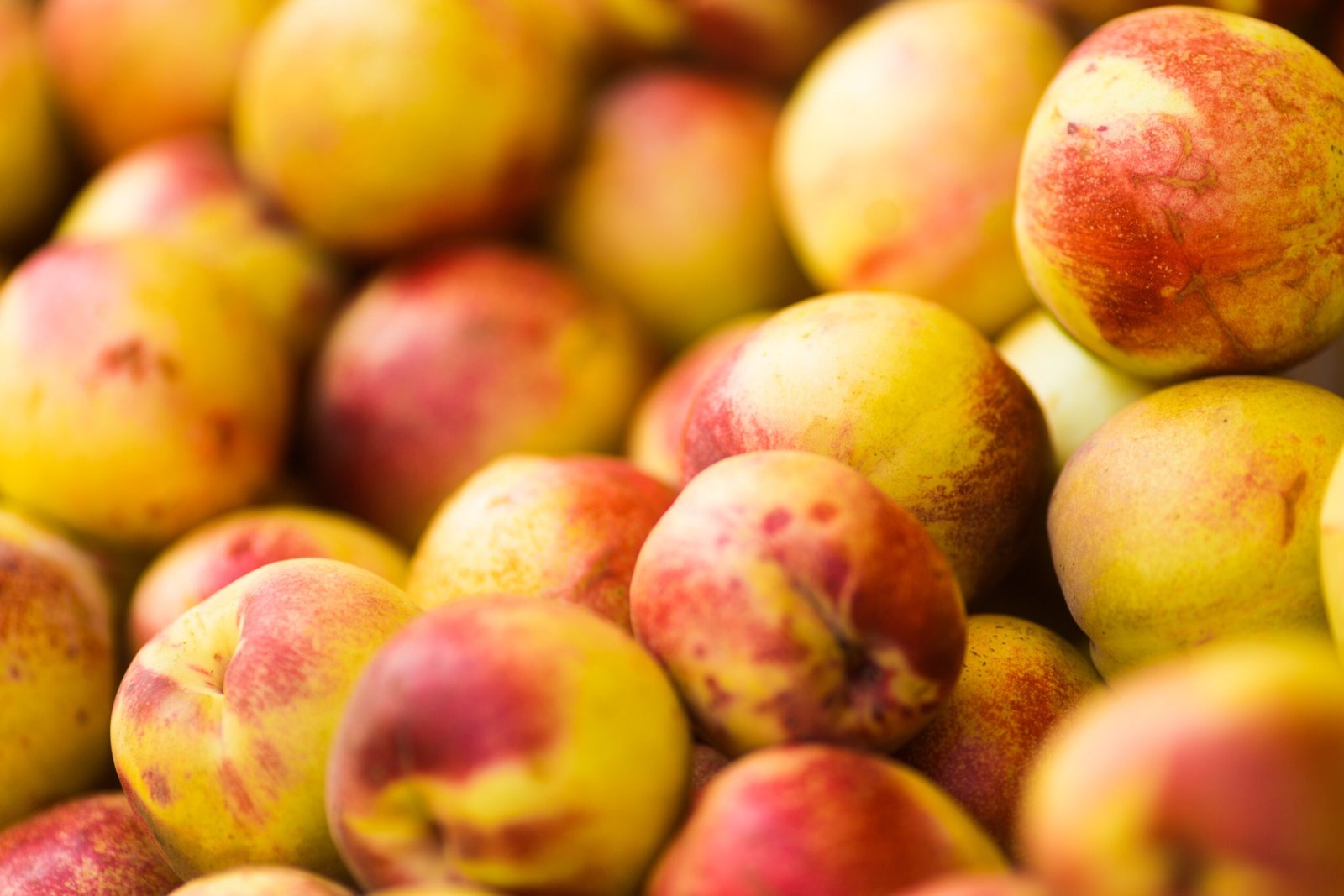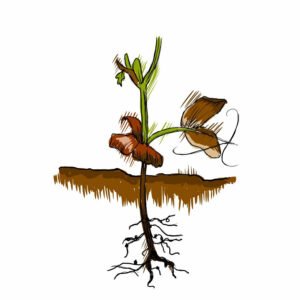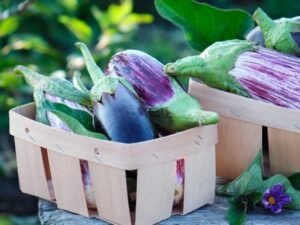Despite the vast array of species, the damage they leave behind is very similar and very distinct, leaving behind a silvery trail typically all over the leaf in wiggly lines or leaving behind blisters.
If you happen to have this pest in your garden, it’s a slight relief to know that the direct damage will be more cosmetic; despite this, it is always good to get on top of any pests in your garden.
Quick Facts
Common name: Leaf miner flies
Scientific name: Agromyzidae
Family: Opomyzoidea
What do they look like?: The adults look much like flies and a black/grey colour, with yellow stripes and transparent wings, they are between 1-6.5mm in length.
How to spot if you have Leaf Miners?
The adults will lay their eggs on the underneath of the leaves. When these hatch, they are called larvae. One of the first signs you will notice when you have this pest will be on the leaves’ upper surface; they will leave behind a maze of beige or silvery wiggly trails, which can also appear as black spots blotches; this is the damage caused by the larvae.
These larvae are thick white/yellow type maggots, and on heavily infested plants, its not uncommon to see up to six maggots on one leaf.
The adults themselves cause no damage to the plant themselves, these look much like flies and a black/grey colour, with yellow stripes and transparent wings, and as mentioned above, they are between 1-6.5mm in length.
Why have I got Leaf Miners?
Found in greenhouses, home gardens and landscapes, these pests can pretty much fly into your gardens and cause an infestation. They are attracted to specific plants, shrubs, vegetables and fruit trees, to name a few.
If you also have weeds laying or unhealthy plants, this will attract them.
How to get rid of Leaf Miners?
So if you notice you have these, we understand if you want to get rid of them as soon as possible. Here are a few tricks for you:
Destroy infected leaves
Pinch off the infected leaves as soon you notice the wiggly patterns left on them; you should remove and dispose of or burn these immediately.
Kill the larvae by hand
If feasible, squash the tunnels with your fingers on the leaves to kill the burrowing larvae.
Use Pesticides
The most common method is to use general pesticides on the infected plant, although it is not the most effective. You can find specific pesticides for killing leaf miners – which will absorb into the leaves; these can be used at any time of the year.
Taking action at the right time
One reason why pesticides may not work well is not spraying them at the right time. Spraying too early or too late, will not reach the lead miner larvae, and the cycle will not stop.
A good tip is to place a few infected leaves in a ziplock bag, ensuring you check this daily. The larva will then become adults, and you will see small black flies flying the bag. You will then need to start spraying the plants daily for a week, ensuring that you throw away the bag of infested leaves. The is especially useful in greenhouses.
Neem Oil
Neem oil is a great way to be rid of leafminers; this will disrupt the life cycle of leaf miners. Although not immediate in killing these pests, it is a natural way to treat them.
Parasitic wasps
Some bugs can be beneficial, such as the Diglyphus isaea (a small parasitic wasp) this bug kills leaf miners and their eggs. You can purchase these from any reputable garden nursery.
Test on a sample leaf first, and when releasing these wasps, do this morning or evening. However, be mindful that spraying pesticides may kill off beneficial bugs you naturally have in your garden.
Dig over the soil around the plant
Digging the soil under the infested plant may bury any pest overwintering in the soil, eventually preventing them from reaching the soil or exposing them to predators.
Digging over the soil will allow birds to feed off the pupae and help reduce the population. Another option will be to add plastic mulches in the soil to prevent larvae from reaching the ground and pupating.
Sticky traps
Using a yellow or blue sticky trap to catch the adults is another method perfect for inside your home. This method won’t, however, be instant.
We avoid using insecticides, as it’s challenging to control leaf miners’ good control as they are protected inside the leaves. But, if you can find one that works for you, then go ahead!
How to prevent Leaf Miners?
Unfortunately, as these pests are mobile, there are not entirely preventable. However, you can discourage them with a few tips below;
Ensure your plants stay healthy
The healthier that your plant is, the less chance the leafminer will be attracted to it. To achieve and maintain a healthy plant, ensure you properly use organic fertilisers and keep the soil alive by using compost and other soils amendments.
Regularly check your plants
Regularly checking on your plants is always recommended to help prevent growing infestations. Removing and disposing of any infected leaves.
General tidying up
Removing any weeds, compost or burning infested foliage will discourage the leaf miners in your garden as this is what they feed off.
Cover the soil
Many gardeners will protect their plants by placing black plastic, stones or broken slates to cover the soil, which also protects hibernation larvae from emerging.
Potential damages to your plants
You will be glad to know that leaf miner is one of the best plants to have; most of the damage will is cosmetic, and you can probably guess – it will be on the leaves.
A few issues can happen if you let the infestation grow, the plant may begin to weaken, the damage can restrict the plant growth – resulting in loss of vigour and reduced yields.
In the very worst case, if left untreated, the plant may die.
Leaf Miner facts
Even though leaf miners are pests, they genuinely are fascinating creatures, which you will realise below;
- The life cycle of leaf miners is pretty impressive. Starting in the summer the females will make ‘nicks in the leaf’s surface to lay their eggs. A week later these will hatch into what is called larvae – these are what leave the trails as they feed just under the leaf surface. 2-3 weeks later these larvae pupate and emerge as adults.
- At one single time an adult can lay 100 eggs in spring or early summer.
- Although the trails left behind are always similar different species will affect specific plants.
- The horse-chestnut leaf miner is considered the worst and causes the most damage.
What plants are affected?
Most shrubs, including roses.
Vegetables and fruits, trees and bushes.
Perennials.
Let's go Shopping...
Products Coming Soon!


